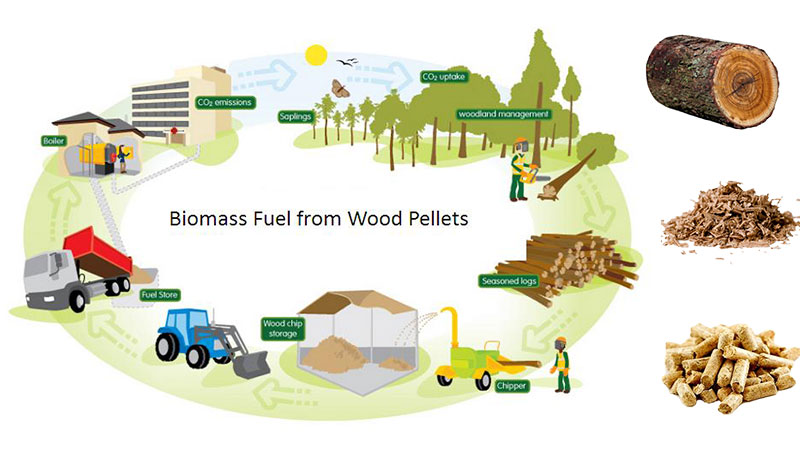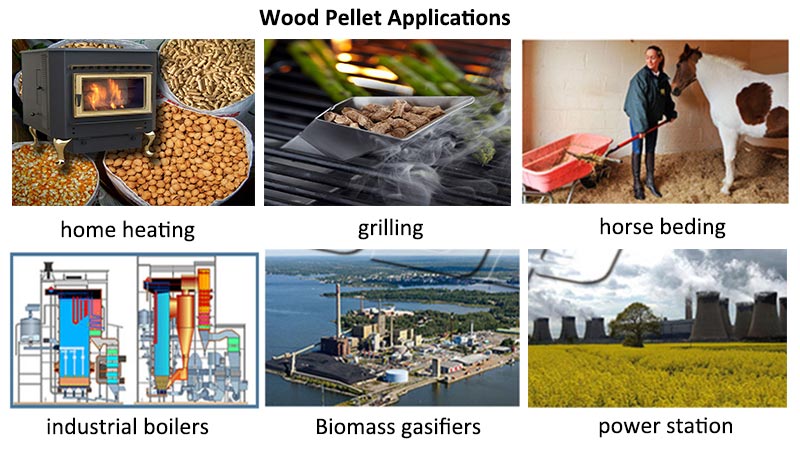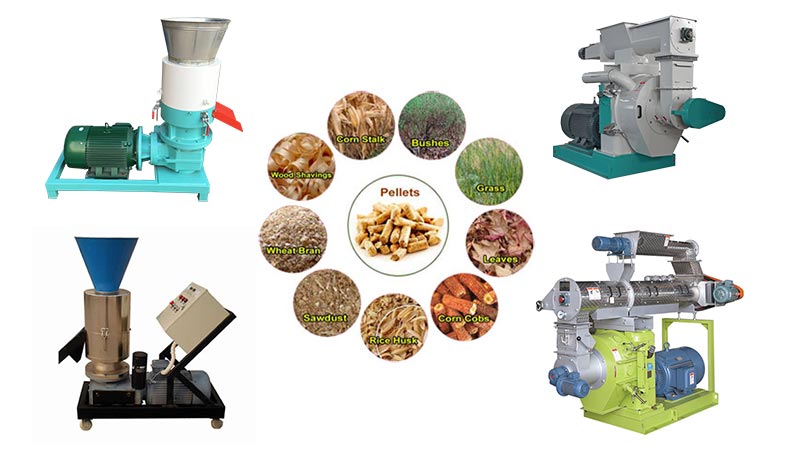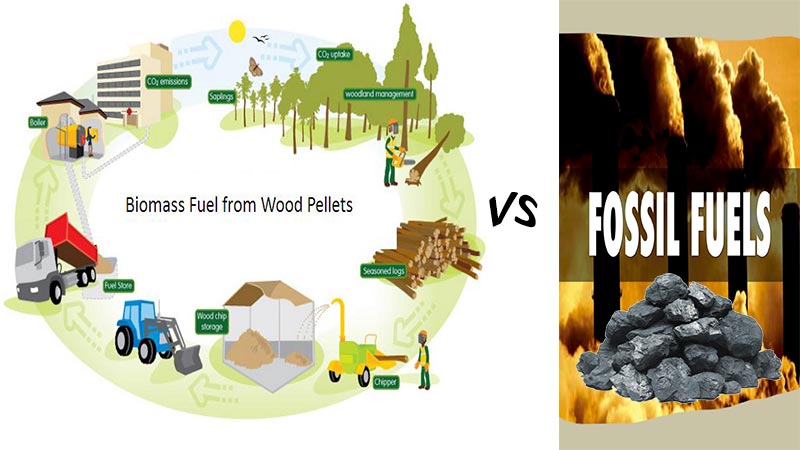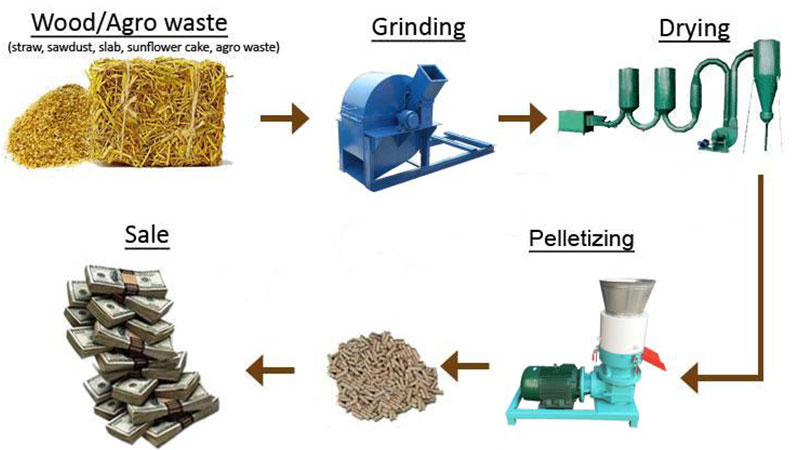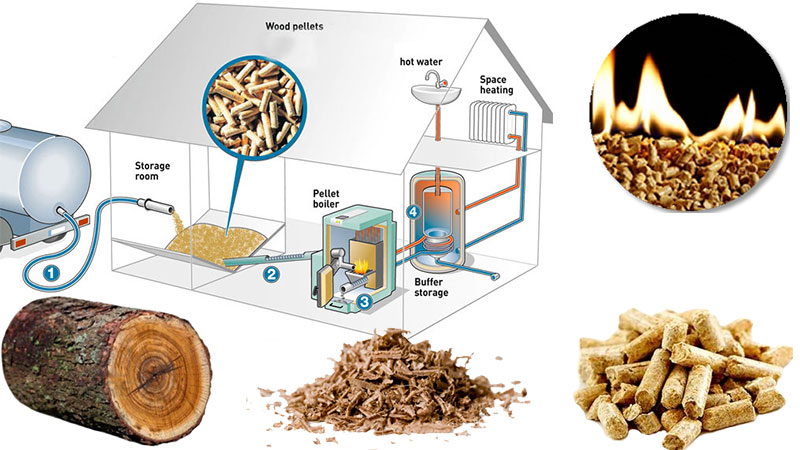Herein, I would like to continue expounding other potential raw materials of biomass pellet fuel that has explained in Part One. In Part Two, the text is divided into three sections, which include rice husk, coconut husk and wattle bark.
 |
|
|
Rice Husk
There are two by-products of rice processing. One is rice straw, which is left in the fields after harvesting. And the second waste considered is rice husk, which has been available in large quantities for biomass pellet mill.
Why rice husks are ideal raw materials of biomass pellets? According to feasibility study on rice husk, carbon and oxygen content in rice husk is nearly equal to 35%-38%. Most impressively, its sulfur content is zero. That is to say, rice husk is really a kind of clean fuel when they are burning. Of course, after putting them into a pellet mill, nice rice husk pellets are made easily. In fact, everyone is enjoying benefits from biomass pellets from convenient heating and taking a clean breath.So, why not make full use of rice husks to process them into pellets?
Coconut Husk
Coconut production is always concentrated in coast districts. The outer husk of the coconut is a light-weight fibrous capsule that is removed from the nut after harvesting.
In general, for further processing, the coconut husks must be broken up and milled. This kind of coir fibre was always used for ship rigging and ropes, but now they can be produced into rugs, fishing nets, sacks, padding, insulation and potting compost, primarily in Asia.
However, in most areas, the coconut husks are usually left to rot in the coastal plantations. In fact, the coconut husks is relatively low in moisture and ash content, making it quite suitable for fuel production.
Therefore, as perfect biomass raw materials after further processed by wood pellet mill, they can become readily available biomass pellets fuel for heating purpose.
Wattle Bark
The wattle bark, also known as Acacia mearnsii, is abundant in Austria, but usually they are abandoned. It seems to have no using values and bring a serious disposal problem.
The reason why I say the wattle bark is available for making pellet fuel is the same with other raw materials mentioned above.
Conclusion
From the above analysis, the available raw materials for biomass pellets making are all agro-forestry waste which were abandoned before. However, from now on, we need make full use of them to gain more profits and realize energy recycling.
